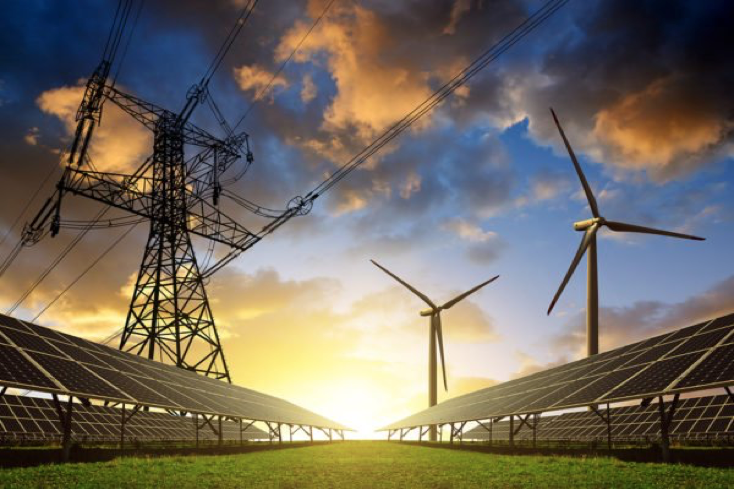CommentsLA WATCHDOG--Everybody wants clean air, especially here in Los Angeles.
But why are we being kept in the dark about the impact on our power rates resulting from a new state law that requires that 100% of our electricity come from renewable or zero carbon resources by December 31, 2045.
The 100 Percent Clean Energy Act of 2018 also requires that renewables supply 60% of the power by 2030, a significant and expensive increase from the previous level of 50%.
While the State is mandating a fossil free power system, there are other factors that will increase the demand for reliable power.
As part of its plan to eliminate greenhouse gases from the transportation sector, the State has a goal of having five million electric vehicles on California roads by 2030. This will place an additional demand on DWP’s power system, increasing the power requirements by up to 50% according to DWP and its advisors.
Furthermore, the increased demand will spike in the evening, after the sun goes down, when EV owners plug in when they return from work.
The use of air conditioners will also increase as more Angelenos install air conditioning units to cope with the higher temperatures caused by climate change. And during heat waves, these units will be running 24/7, consuming vast amounts of energy, increasing the demand for electricity during peak periods.
DWP’s number one priority is to keep the lights on by providing reliable power, 24/7/365. But this will be increasingly difficult as base load sources of power from coal and gas fired facilities are phased out in favor of intermittent sources of renewable power that rely on the sun and wind. But these sources are only good for 25% of the day, if that.
As one sage stated, the problem with renewables is night.
To compensate, the Department will need to develop significantly more sources of stated capacity, backed up by increased storage capabilities, whether it be pumped storage, compressed air, or batteries. But this is not a cheap proposition as The Wall Street Journal estimated that the State would have to increase in storage capacity by 200 times to compensate for the lost power from gas fired plants.
The New York Times also published an article that indicated that a pumped storage system at the Hoover Dam would cost $3 billion, not exactly chump change for the Department that is already overleveraged.
The development of utility scale renewable power will also require new long-distance transmission lines in addition to lines that the Department already owns. This will also be very expensive, especially given all the regulatory and environmental requirements and the use of eminent domain.
While the City, the Department and its advisors, and the Ratepayers Advocate are hopefully hard at work determining the impact of renewables on our power rates over the next 30 years, including stranded costs of equipment phased out prior to the end of their useful life, they must also take into consideration to costs to Ratepayers for conservation and efficiency, whether it be new windows, insulation, or new appliances.
Many DWP customers may also install roof top solar at an estimated cost in the range of $25,000. And some may want to install batteries for an extra $20,000, both of which are poor returning investments.
Once again, Ratepayers have a right to 100% transparency. We are not mushrooms, kept in the dark with manure dumped on us. We have a right to know the cost of 100% Renewable Energy.
(Jack Humphreville writes LA Watchdog for CityWatch. He is the President of the DWP Advocacy Committee and is the Budget and DWP representative for the Greater Wilshire Neighborhood Council. He is a Neighborhood Council Budget Advocate. He can be reached at: [email protected].)
-cw














